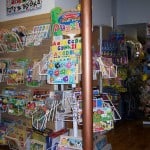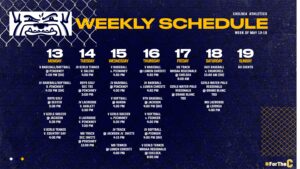
(Chelsea Update would like to thank Kristin Krarup-Joyce and Lisa Kaemming for the information in this story.)
I asked Lisa Kaemming, reading specialist at North Creek to share her expertise for this question. Mrs. Kaemming has worked for the Chelsea School District for ten years.
First of all, give your child something that she can read successfully—a book at her level. Your child’s teacher can tell you your child’s reading level. However, Mrs. Kaemming suggests choosing books slightly below that level so your child can read independently.
The Chelsea Library has a leveled book collection that runs through second grade reading levels. (Some of these books may also be appropriate for third graders.) These books come with a parent guide. For third grade and up, check out the “Easy Reader” section. These books are leveled at high, medium, and low. Choose books that will be of high interest to your child. For example, if your child loves Star Wars, she will likely have heard most of the vocabulary already, so she might be able to read a book about Star Wars even if it is at a higher level.
Mrs. Kaemming notes that it is important to always build vocabulary with your child. You do this by reading out loud to your child. In this way, you can help your child hear how words are pronounced and (learn/discover) what they mean. Take this opportunity to learn new words-look them up together.
This is a good way to model how to learn new vocabulary. You can also do this by listening to books on CDs. Listening to books is also a good way to pass the time on long car trips.
If you notice your child stumble on a word when she is reading out loud, try to avoid having her “sound it out.” This is usually not very effective. Instead, encourage her to go back and re-read. Prompt her to think about what word would make sense.
You may also want to cover up part of the word to see if your child can identify a blend or word chunk. Finally, give two options for what the word could be and have your child choose the one that makes sense and looks right. Mrs. Kaemming also advises to give children time to discover that they have made a mistake. If your child doesn’t recognize that she made a mistake, let them continue reading to see if they notice the error. If not, try saying, “Something wasn’t right—try it again.” However, don’t correct every mistake, as this can be discouraging. After first grade, it is fine to skip over an unknown word and then come back to it. At this point, hopefully your child will be able to use context clues to decode the word.
Finally, Mrs. Kaemming says that names are the exceptions to these guidelines. “Names are tricky to decode sometimes and the context won’t help to figure it out, so it is ok to supply the name.” (Unless the name is easily decodable—like Sam.”)

















